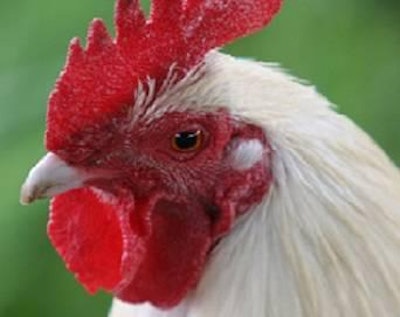
Global Poultry Trends – Effect on the South East Asian Market took place on the opening day of VIV Asia 2015. The examination of the future direction of Asian broiler production and the Asian egg sector, attracted such strong interest that, despite moving to a larger room to accommodate the high number of registrants, audience numbers resulted in a standing-room-only crowd.
Asian broiler growth gaining global share
Southeast Asia is expected to account for 36 percent of the increase in global poultry production forecast to take place between 2013 and 2013, delegates at the event hosted by WATT Global Media and sponsored by Cobb and Moba, were told.
Yet, despite this still impressive increase, growth in the region will be weaker than was once thought, explained Pelayo Casanovas, general manager Cobb Asia Pacific.
Among the factors constraining growth are disease, food safety issues, high feed costs, a poor balance between supply and demand, and, more recently, import bans on genetic stock, he said.
Despite these difficulties, the general outlook remains positive.
Incomes in Asia are rising by more than 5 percent, and poultry, in addition to being the cheapest meat, is the most elastic to income growth because of its short production cycle.
Per capita consumption of poultry meat in many of the region’s countries is low, meaning that as incomes grow, there is room for consumption to expand with it. Malaysia, for example, sits at the high end of the scale at 49.5 kg per annum while, at the other, annual per capita consumption of poultry meat in Bangladesh is 1.4 kg, and other countries fall in between.
Drive for efficiency
Casanovas continued that the region’s poultry producers will have to become more efficient if they are to continue to supply Asia’s consumers with affordable chicken meat and respond to growing demand.
Many Asian countries are relatively high cost when compared with the USA and Brazil, and this, in part, is due to comparatively low levels of integrated production in the region, which will need to change.
Thailand has the most integrated poultry industry, with 85 percent of standard broiler production produced by integrated companies. In most countries, however, the figure is below 60 percent and, in Myanmar, that figure falls to 25 percent.
Additionally, the size of chickens produced in Asia is likely to rise. The greatest increase in bird size is forecast to occur in Indonesia. The country currently produces chickens that are an average of 1.5 kg live weight at processing. This is predicted to increase to 1.85 kg by 2023. In Thailand, the increase is expected to be in the region of 22 percent from today’s 2.45 kg to 3 kg by 2023.
The region is also hampered by the large proportion of chickens sold through wet markets.
Casanovas ended by saying that the region’s industry must bring avian influenza under control, convince consumers of the safety and benefits of poultry meat, and keep production costs under control.
Strong growth ahead for egg production
Asia is expected to account for 76 percent of the predicted growth in world egg production, but for this growth to be realized, there will need to an increase in automation in egg handling, explained Paul Buisman, product manager Moba Group. Currently, 42 percent of egg handling worldwide is automated. In Asia, however, this figure currently stands at just 19 percent.
Companies throughout the region will need to become more automated, to reduce the number of eggs lost and to shorten the time to market.
The compound annual growth rate of egg production currently stands at 3 percent, and Asia is already home to two of the world’s 10 largest egg producers when measured by millions of layers – Japan’s Ise Inc. and Thailand’s CP Foods, but there are least 15 companies with laying flocks numbering in excess of 2 million head in the region.
Buisman looked at the example of Chinese egg producer DQY as an example of how the region’s companies are growing. Back in 2001, the company had no laying hens. By 2002, however, it had 200,000 birds in place, rising to 1.2 million layers in 2006, and reaching 1.6 million in 2009.
As in broiler production, food safety is also an issue in the region’s egg sector, and producers will need to reduce the chances of cross contamination during production, improve the cleaning and disinfection of equipment if they are to make the most growing and changing consumer expectations.
















